A tripod must not be missing from the equipment of a professional and also that of an amateur photographer. The tripod is the generic term for tripod accessories. In this section, many more useful accessories can be found.
When buying tripods, people often make the mistake of buying a tripod head that does not fit properly. However, if you have chosen the right one, it will be responsible for precise alignment of the camera. There are a few aspects to consider when choosing. We distinguish: 2-way heads, 3-way heads, ball heads and geared heads. In addition, there are some special designs, for example for particularly heavy lenses or for taking panorama shots.
The most common are 3-way heads - so the choice is correspondingly large. Here you can tilt and swivel in portrait and landscape format. With such a tripod head, all kinds of video and photography are possible, which makes a 3-way a real all-rounder.
The ball head on a tripod is called the fastest representative. The most popular areas of use are portrait and action shots. Here, straight alignment can become a real challenge. Modern models are equipped with a pre-tensioning device. With a ball head, the clamping force and weight can be adjusted. A simple solution and fixation can be done with less force and it takes less time. Ball heads can also be purchased with two separate locking screws. A special type of ball head is the one with a pistol grip, which is particularly advantageous if you need to move quickly, for example when shooting at sporting events.
2-way tilting heads are only used in videography, as it is not possible to bring the camera into portrait format. While this is common in photography, it is not necessary in filming.
Gear-type tilters are used when maximum precision is required and time is not an issue, as this is where adjustment can really take a long time. Macro and studio photographers usually go for such a tripod head.
Whatever head you choose, make sure it has a quick-release plate to attach and detach your camera quickly and easily. We come to these now.
Most tripod heads have quick-release systems built in, but these can also be advertised separately. The material used for these quick-release systems is less often plastic and more often light metal alloy.
Removable plate systems offer the user many advantages. Handling is not only simple and fast, but also possible with gloves. If the tripod is stable, there is no need to realign it when changing lenses.
If not only one camera is used, there is the option, as soon as a tripod clamp is available, to attach one interchangeable plate per camera.
Unfortunately, some disadvantages must also be listed. If the quick-release plate is mounted, it is not so easy to transport cameras and lenses, especially in smaller photo bags. If a simple quick-release system was purchased, the plates may not be available separately.
A tripod is a must, especially when you are out and about shooting things in nature. But many additional items of equipment need to be thought of. Consequently, filters, batteries, memory cards and other accessories must also be taken along. Sometimes it also means waiting a long time until the conditions are finally optimal for taking pictures. Leave the camera with the tripod and grab a sip of water, your smartphone or just sit down for a moment.
But all these items need to be stored. That's where the storage bag can be helpful. You don't have to rummage in your backpack or bag every time, because everything is already at hand. Storage bags are available that can be fixed between the tripod legs with Velcro fasteners in no time at all. When buying storage bags for this purpose, the bag should be made of nylon. The dead weight of these bags is minimised by the mesh structure. Vibrations can thus be reduced.
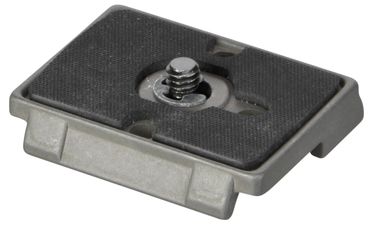

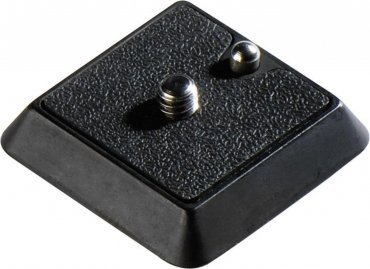


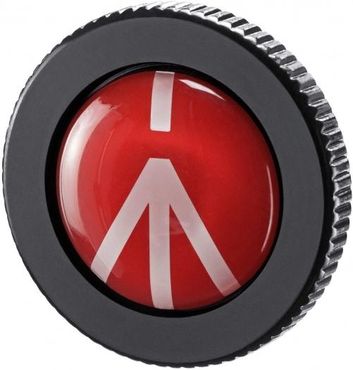

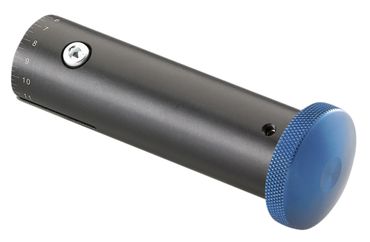
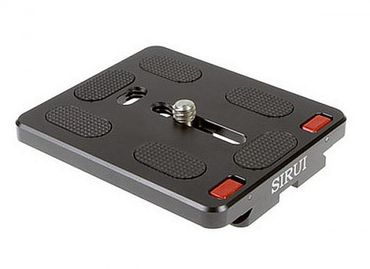

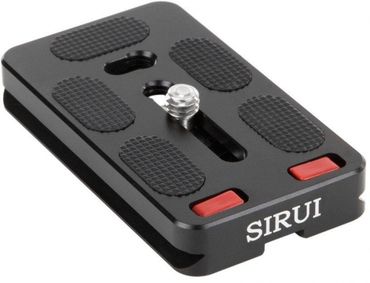

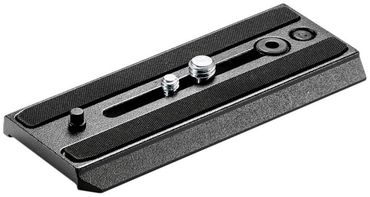
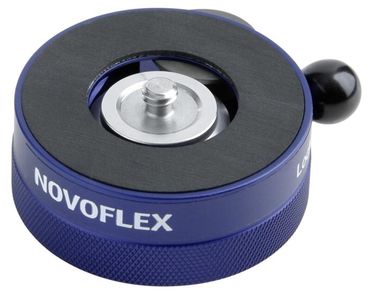

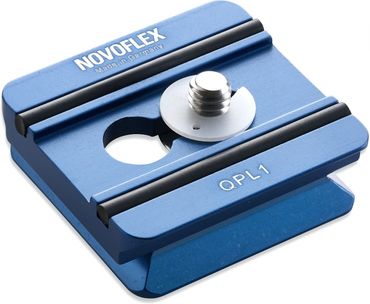
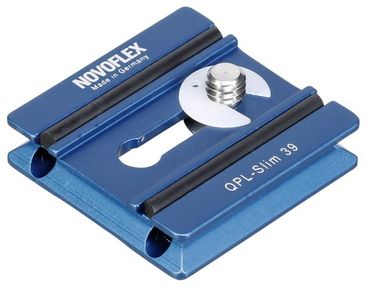
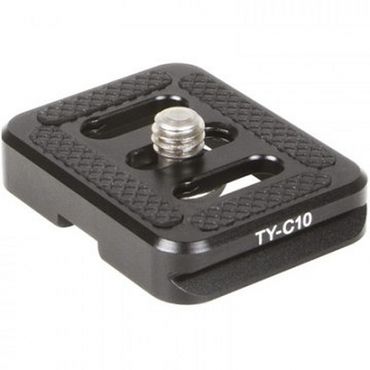
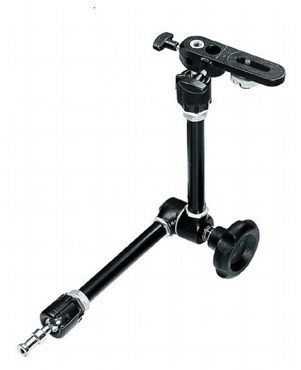
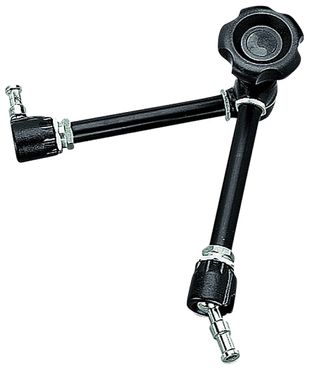
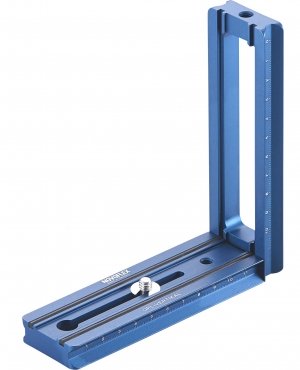

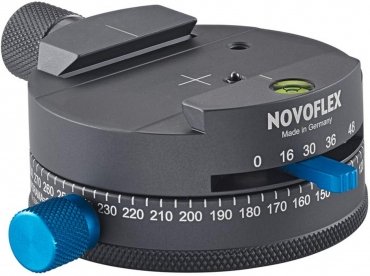
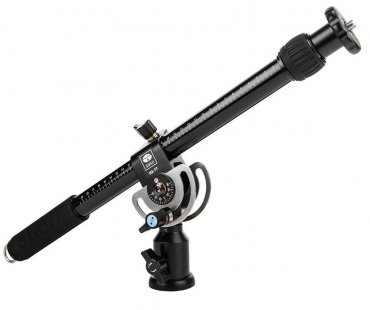
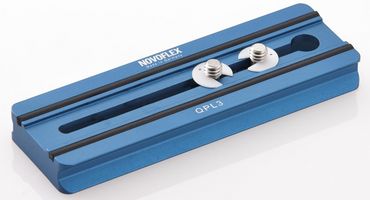
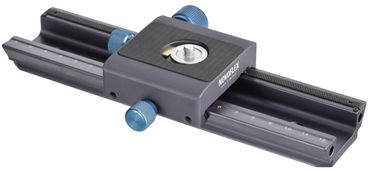
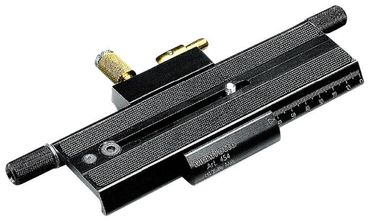

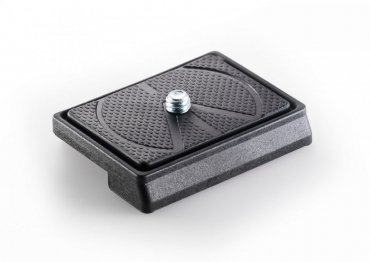


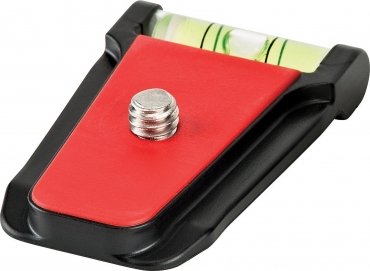
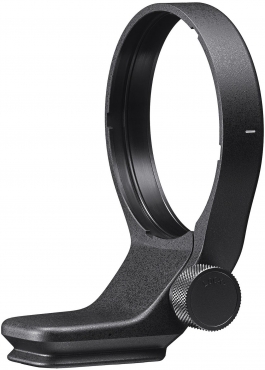
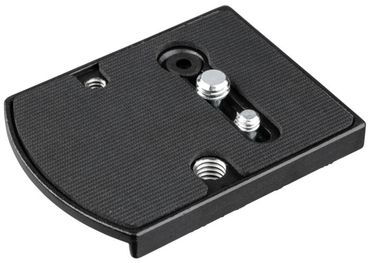
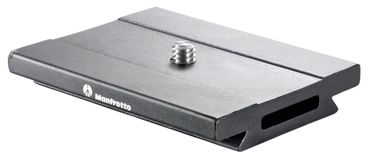
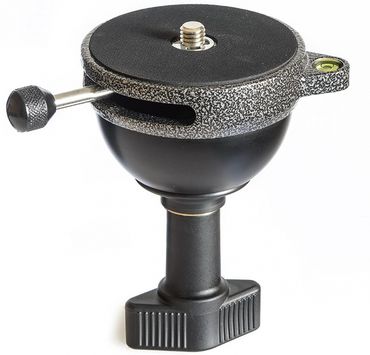
Simply subscribe and benefit as a newsletter recipient every week: